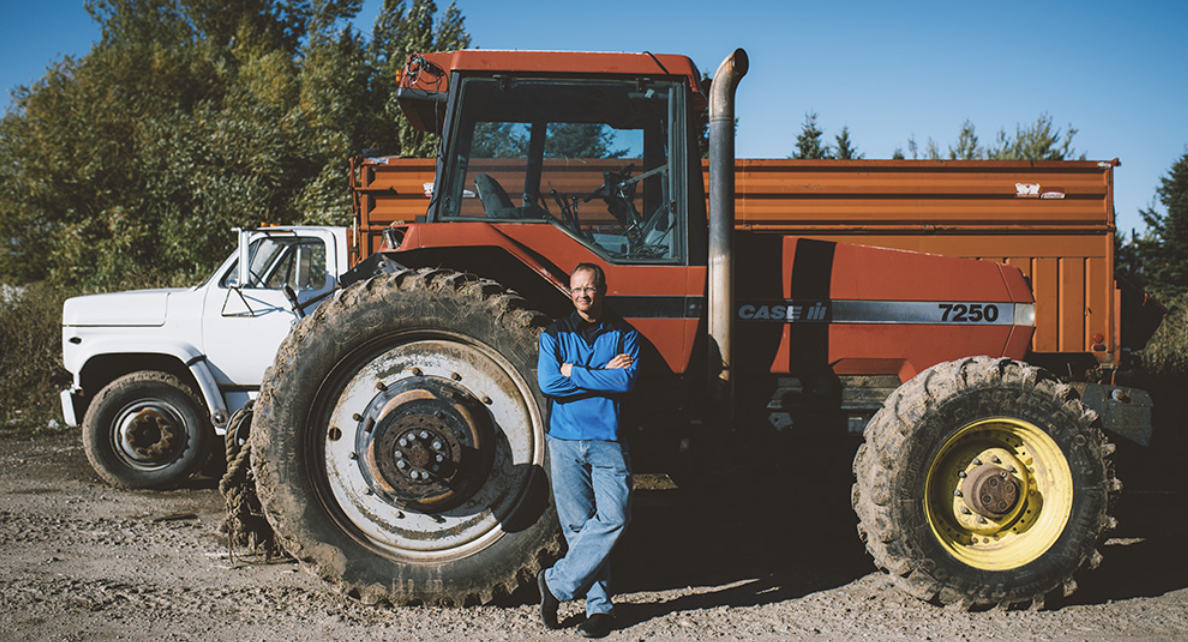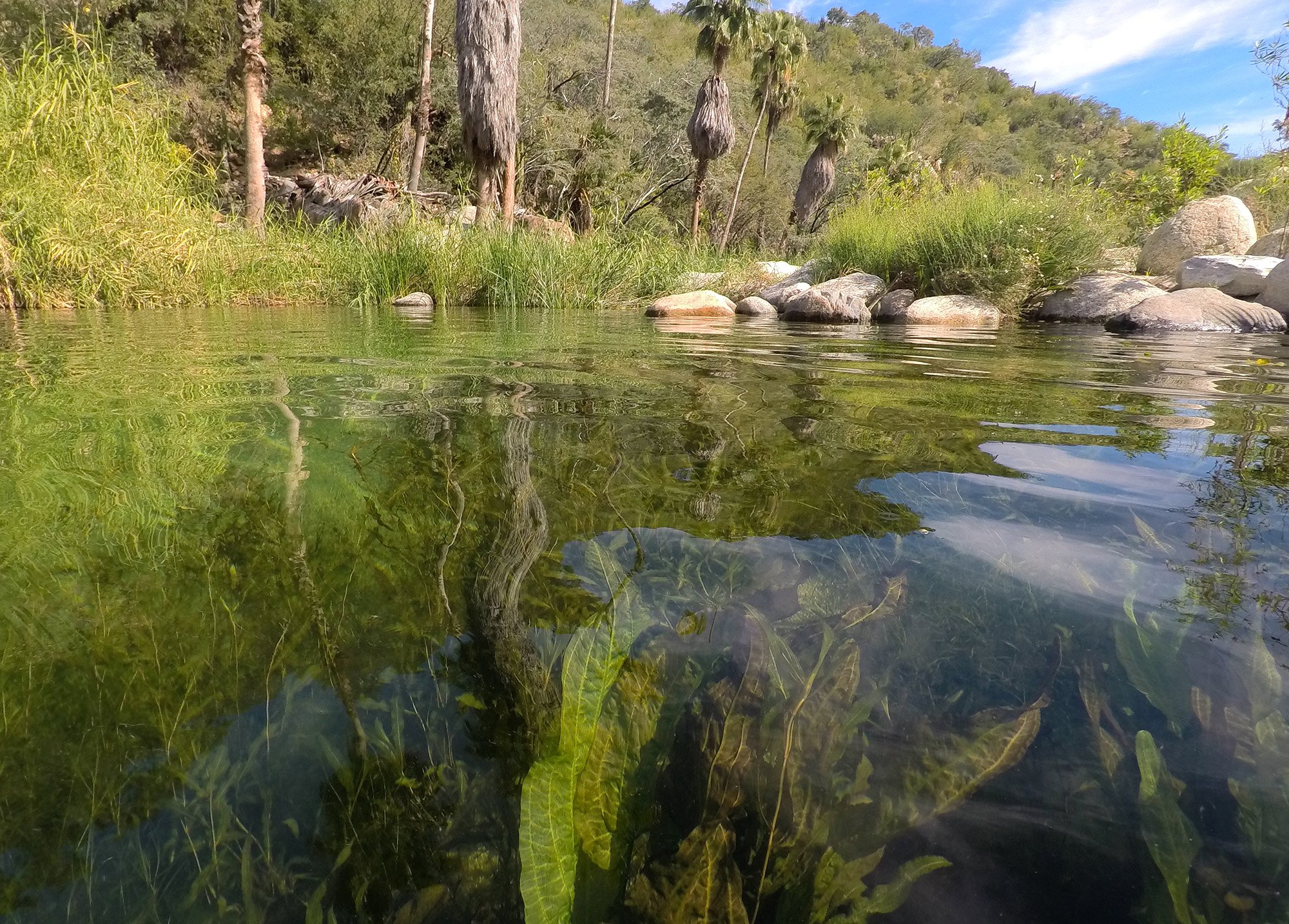Impact Areas - Overview
Community Resilience
Community resilience has always been at the heart of our collaborative work, whether we’re advancing a conservation project, a regenerative economic development initiative, or a disaster resilience collaborative.
Community resilience is our collective ability to anticipate, address, adapt and when needed bounce back from economic crises, pandemics, natural disasters and all the challenges we face, and it requires a deep commitment to equity and building capacity. Communities that steward and improve the health of their natural systems are more resilient to natural disasters and droughts. Communities that preserve their farm and ranch land and produce food for local consumption are more resilient to economic downturns and food system shocks. Communities that know how to mobilize and collaborate on complex challenges are more resilient to most everything. Communities that welcome everyone to share their voice and contribute their gifts are far more resilient still, since they benefit from the full breadth and depth of their people’s talents, perspectives and gifts. Our impact model’s unique ability to bring a diversity of people together in common cause to address complex challenges is particularly valuable when it comes to building community resilience across all these areas.
Disaster Resilience
The disaster resilience crisis drives and compounds many challenges in our communities and regions. The impacts of drought, extreme heat, storm surges, intense storms, flooding, and sea-level rise are hitting home, and we are finding common causes across divides in identifying and advancing community-driven solutions customized to local conditions. The benefit to such a sprawling and challenging issue is the opportunity to find common ground and take action wherever a community is ready to begin.
We steward a suite of disaster resilience action work that ranges from bipartisan resilience efforts around military installations to small-scale, grassroots restoration and community food resilience projects in disadvantaged communities to nature-based interventions at the landscape scale. All of these efforts require identifying opportunities to bring partners together, facilitating effective collaboration, and achieving project goals together. When we do that, we set the stage for more collective effort at increasing scales - thereby creating pathways to building resilience, mitigating impacts, and sequestering carbon to enable true solutions.
Food and Agriculture
We depend upon farmers, ranchers, and working lands to produce the food and fiber our communities need, but we often fail to protect and steward our local agricultural lands and economies and instead rely upon industrial agriculture and the global food system, a risky proposition in the face of pandemics, fertilizer shortages, and global supply chain failures. We work to ensure that local farms and ranches remain in production and adopt practices that build soil, absorb carbon and water, and provide habitat for wildlife while reliably producing nutritious food for our communities.
Our work with local food and agriculture initiatives finds common ground amongst what might seem unlikely collaborators, enabling outcomes that simply aren’t possible without bridging divides. This work intersects with all of our other impact areas, as how we steward the lands needed to produce food and fiber and how we produce and consume food are central to our overall well-being and resilience, and agriculture figures prominently in land, water, wildlife, and biodiversity conservation along with community resilience, wellbeing, and regenerative economies.
Land Conservation
LegacyWorks has its roots catalyzing innovative efforts to conserve, restore and steward the working lands and habitat that we depend upon, and land conservation continues to be a major part of our work. Whether we’re financing bridge loans, facilitating a complex partnership, helping conservation buyers find, protect and restore a dream property, or facilitating a landscape scale conservation collaborative or planning exercise, we love to show up in service of big land conservation outcomes.
Our communities are built upon and depend upon healthy lands and ecosystems that provide clean air, water, food, and shelter while absorbing the impact of increasingly intense weather events. When those ecosystems and lands are degraded, they can’t meet these fundamental needs and leave us exposed to a wide array of risks. Land conservation encompasses the thoughtful protection, restoration and stewardship of these lands and ecosystems so that they can continue to meet our needs - and the needs of the entire natural world - for the long run. In our view, land conservation is ultimately a partnership between the stewards of our working lands and open spaces and the communities they support. Conservation at the pace and scale needed to address today’s issues requires the highest caliber of collaboration across what can seem like fraught divides. When we approach each other with respect and openness, time and again, we find that our common love of the places we live and the lands that support us readily creates common ground.
Regenerative Economies
Conventional development and agriculture are built upon extractive principles. They take more from the land, ecosystems, communities and workers they touch than they return. In contrast, regenerative economic development and agriculture operate within regenerative principles of reciprocity, interconnectedness, nested systems, abundance and diversity. We engage in a wide range of projects that support the shift from extractive to regenerative principles in our economic activities, land stewardship and collective efforts to meet community needs, and those efforts begin with how we work together within our teams and collaboratives.
The transition from extractive to regenerative economies and societies requires a longer-term arc, and the process can seem out of reach and daunting. Yet the crises we face provide opportunities for big change over short periods of time if we are prepared to act when the chance arises, and we can begin now by embedding regenerative principles into projects of all sizes. This enables leaders and organizations to shift while laying the groundwork for far bigger change in the wake of disasters, pandemics and other catastrophic and yet catalytic events.
Water
Clean and abundant water is the most essential resource for the wellbeing of communities, working lands, wildlife, and economies. Paradoxically we’re experiencing more intense droughts, hotter weather and increasingly intense storm cycles, and ecosystems, communities, and economies have to adapt to this new reality. Addressing these complex challenges require collaborative solutions and public-private partnerships.
Everywhere we work, water is increasingly important and challenging to manage as we experience the impacts of the disaster resilience crisis. We often have too little or far too much water, with droughts, extreme heat, flooding, storm surges and sea-level rise affecting our regions and communities in real time, and often in quick succession. Water management is often charged and politicized, sometimes putting sensible solutions seemingly out of reach. We work across divides to bring water users, managers, and advocates together to align around a shared vision and craft durable solutions that make our communities, working lands, and economies more resilient to the inevitable challenges we face.
Wildlife and Biodiversity
Protecting and recovering wildlife populations and threatened and endangered species has long been a core part of our work. We bring together private parties (landowners, farmers, ranches, donors, investors), nonprofit organizations, foundations and public agencies to create innovative solutions that yield benefits for wildlife and the communities that steward our working lands, landscapes and ecosystems.
Whether the iconic wildlife populations of Yellowstone and Grand Teton National Parks, the abundant marine life of Cabo Pulmo National Park in Baja, or the migratory birds and urban wildlife in our backyards, wildlife and the habitat, working lands and open spaces that support them are critical components of our communities, landscapes and our experience as humans. How our local wildlife populations fare is a leading indicator of our success or failure stewarding our landscapes and ecosystems. If our places cannot support thriving and diverse populations of native wildlife species, they are unlikely to be able to support us, our farms, ranches, and food systems, our communities and our economies. We engage in a wide array of initiatives that seek to protect and restore wildlife populations, wild places, working lands and healthy ecosystems through public-private partnerships, innovative market-based solutions, conservation finance transactions and strategic philanthropy.







